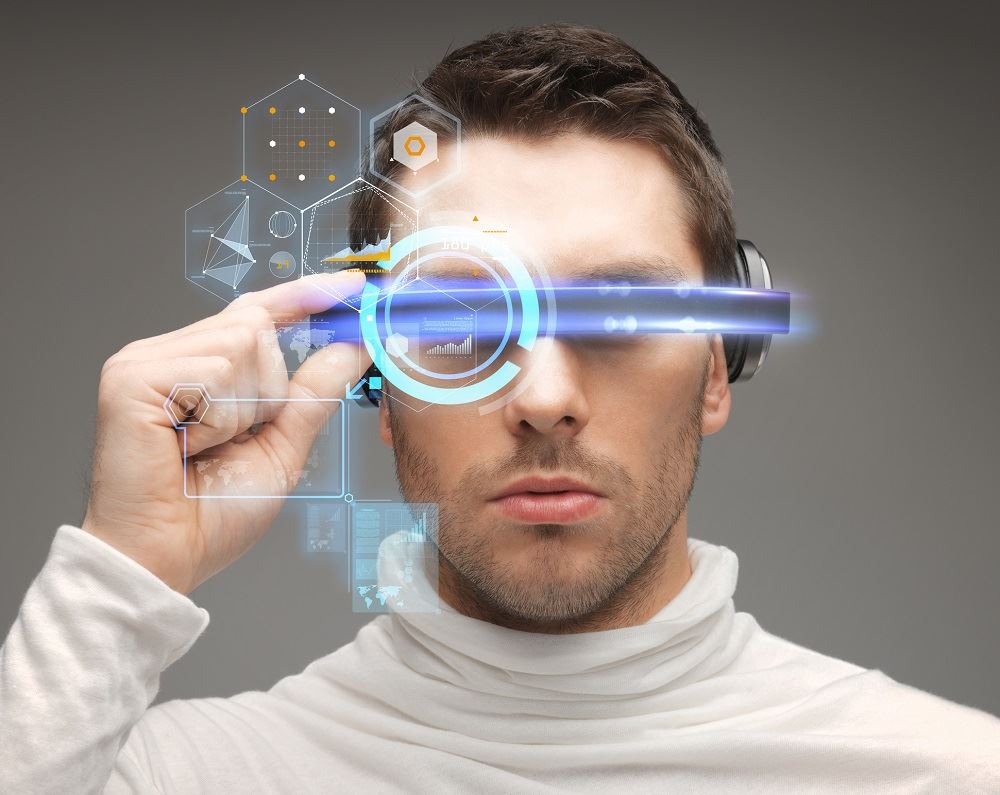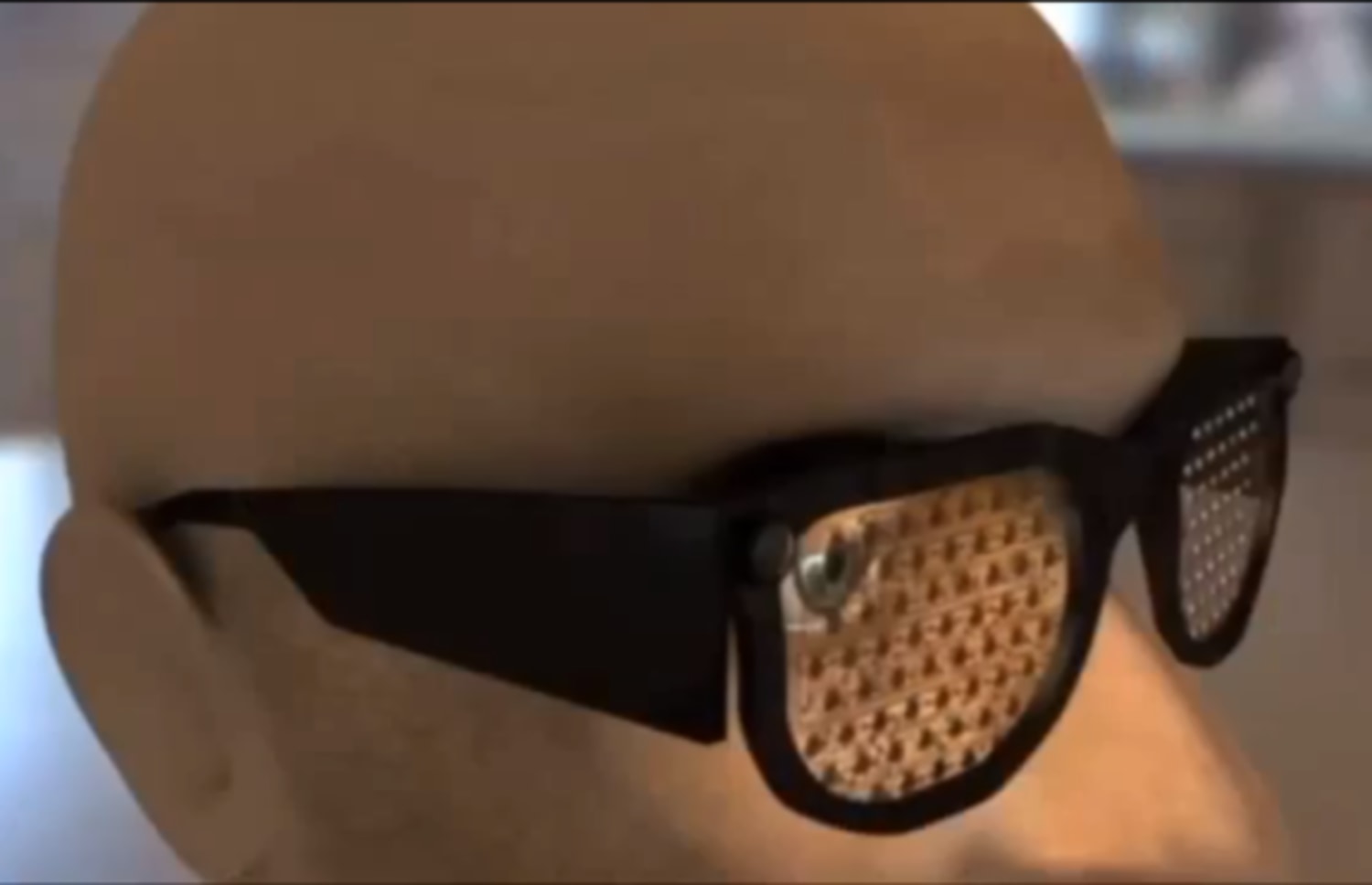Voice-Activated Assistive Devices: Empowering the Visually Impaired Through Innovation
Innovative Solutions in Assistive Innovation for Visual Disability
The landscape of assistive technology for visual disability is advancing rapidly, providing an array of innovative services that improve access and independence. From advanced mobile phone applications that assist in navigating to wearable tools designed for real-time assistance, these devices are improving the experiences of those with aesthetic problems.
Advancements in Mobile Phone Applications
In the last few years, developments in mobile phone applications have substantially changed the landscape of assistive modern technology for people with aesthetic disabilities. These applications take advantage of the effective sensing units and capacities of modern-day smart devices to provide individuals with devices that enhance self-reliance and ease of access in their every day lives.
Noteworthy among these innovations are applications made for things acknowledgment, which use the mobile phone's video camera to identify items and give spoken descriptions. Such features encourage individuals to navigate their environments more properly, whether determining products in shops or situating personal possessions in your home. Additionally, text-to-speech applications have actually enhanced substantially, allowing individuals to catch printed message with their device's electronic camera and get immediate sound responses, thus promoting reading and understanding.
Community-driven applications have promoted social communication and resource sharing among people with aesthetic impairments, producing a helpful network that boosts their quality of life. In general, smart device applications have ended up being crucial allies in promoting autonomy and availability for individuals with visual disabilities.
Wearable Tools for Navigation
Wearable devices for navigation have emerged as a groundbreaking service for individuals with visual disabilities, using hands-free aid that enhances movement and positioning. These gadgets normally make use of innovative technologies, including GPS, ultrasonic sensing units, and expert system, to give real-time feedback and direction to users as they browse their atmosphere.
One remarkable instance of wearable navigation modern technology is wise glasses, which can spot barriers and relay auditory or haptic comments to the wearer, enabling safe and reliable motion in numerous settings. Various other gadgets, such as belts and vests furnished with sensing units, can likewise educate individuals of their environments by offering alerts regarding neighboring items or adjustments in terrain.
In addition, many wearable gadgets incorporate with smart device applications, allowing customers to customize their navigating choices and receive customized course tips. This personalization can substantially boost the individual experience, encouraging people to travel with higher self-confidence and independence.
As innovation remains to develop, the potential for wearable navigating tools to improve the lifestyle for people with aesthetic impairments stays significant, leading the way for more available and comprehensive settings.
Smart Home Modern Technology Integration

Moreover, clever devices furnished with tactile interfaces or acoustic comments supply intuitive interactions that provide especially to the requirements of those with visual problems. Clever refrigerators can introduce their components and expiration days, while smart stoves can direct users via the cooking procedure with audio directions.
Home automation systems, such as smart buzzers and security electronic cameras, provide assurance by enabling users to obtain informs and access live feeds using their smart phones, enhancing individual safety (AI-powered visual aids). In addition, integration with smart devices and tablets makes certain that individuals can handle their home atmosphere from anywhere within their properties
As wise home modern technology remains to advance, it holds the prospective to change the living experiences of people with visual disabilities, fostering self-reliance and boosting quality of life in a significantly connected world.

Educational Equipment and Resources
Access to efficient academic tools and resources is important for individuals with visual disabilities, as it equips them to engage fully in their knowing experiences. Various assistive technologies have been created to boost access and foster independent understanding.
In addition, instructional software program especially made for aesthetically impaired users provides features such as high-contrast settings and personalized message sizes. These tools suit varied knowing styles and make certain that pupils can tailor their educational experience to their demands.
In addition, access to digital collections and audio books expands the series of offered learning products, allowing students to discover subjects in deepness without the restrictions imposed by typical print sources. Collaborative systems that integrate accessibility attributes likewise facilitate team projects, making certain that visually impaired pupils can contribute meaningfully along with their peers.
Neighborhood Support and Involvement
A robust network of area assistance and engagement is crucial for individuals with aesthetic impairments, promoting an inclusive atmosphere where a fantastic read they can thrive. Neighborhood companies, local campaigning for groups, and volunteers play a critical duty he has a good point in providing sources, details, and companionship, which are crucial for boosting the high quality of life for those impacted by visual disabilities.
Engagement tasks such as workshops, gatherings, and support system not only assist in skill advancement but also advertise social communication, decreasing sensations of seclusion. These efforts urge people to share obstacles, experiences, and successes, consequently enhancing community bonds. In addition, partnerships with neighborhood services can result in better availability in public spaces, better integrating people with visual impairments into the neighborhood.
Modern technology likewise enhances neighborhood engagement with online systems that offer online support system and sources, enabling people to connect no matter geographical obstacles. By taking advantage of both electronic and in-person remedies, neighborhoods can develop an extensive assistance network. Ultimately, promoting cooperation among different stakeholders-- consisting of families, teachers, and medical care professionals-- makes sure that people with visual disabilities obtain the holistic support needed to browse day-to-day live successfully and with self-respect.
Conclusion
Ingenious options in assistive modern technology for visual impairment substantially boost the quality of life for individuals dealing with these difficulties. The assimilation of smart device applications, wearable devices, smart home technology, and academic tools promotes higher freedom and accessibility. Neighborhood support and engagement further empower visually impaired people, advertising inclusivity and engagement in numerous facets of life. Jointly, these improvements not just transform everyday experiences but also lead the way for an extra fair culture.
The landscape of assistive innovation for aesthetic problems is progressing rapidly, offering a variety of innovative remedies that boost ease of access and independence. Community-driven applications have actually promoted social interaction and source sharing among people with visual advanced eye care problems, producing a supportive network that boosts their high quality of life. Overall, smart device applications have come to be important allies in promoting freedom and accessibility for people with visual disabilities.
Many people with visual disabilities are locating higher freedom through the assimilation of smart home innovation.Innovative options in assistive modern technology for visual problems significantly improve the quality of life for individuals encountering these challenges.